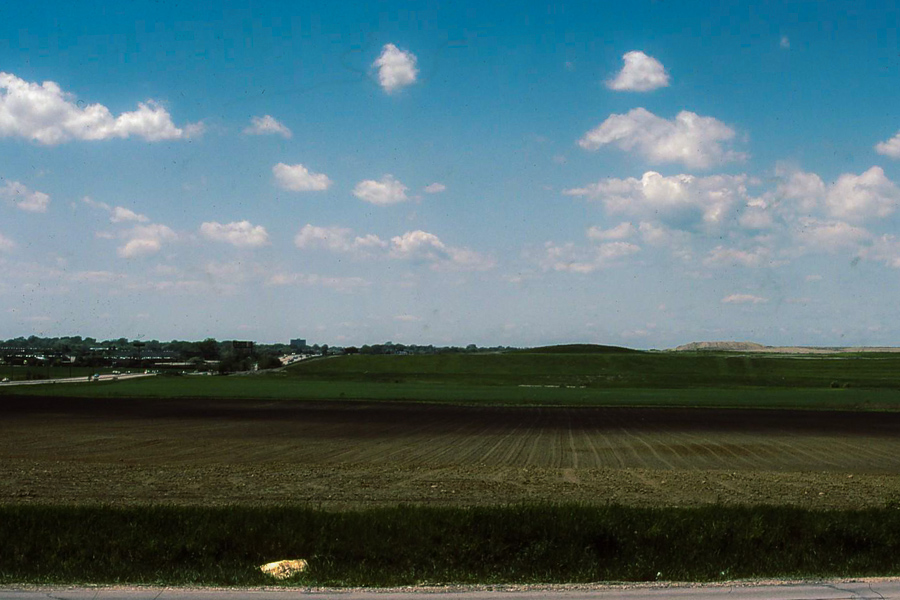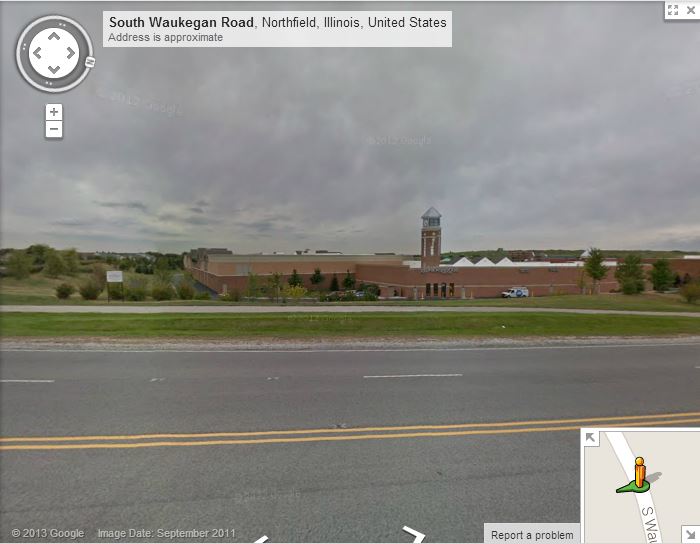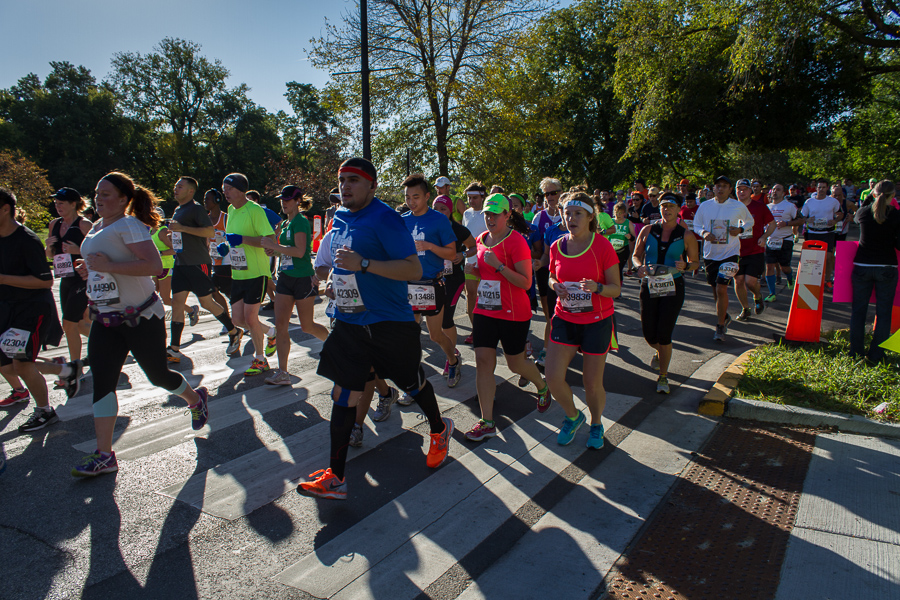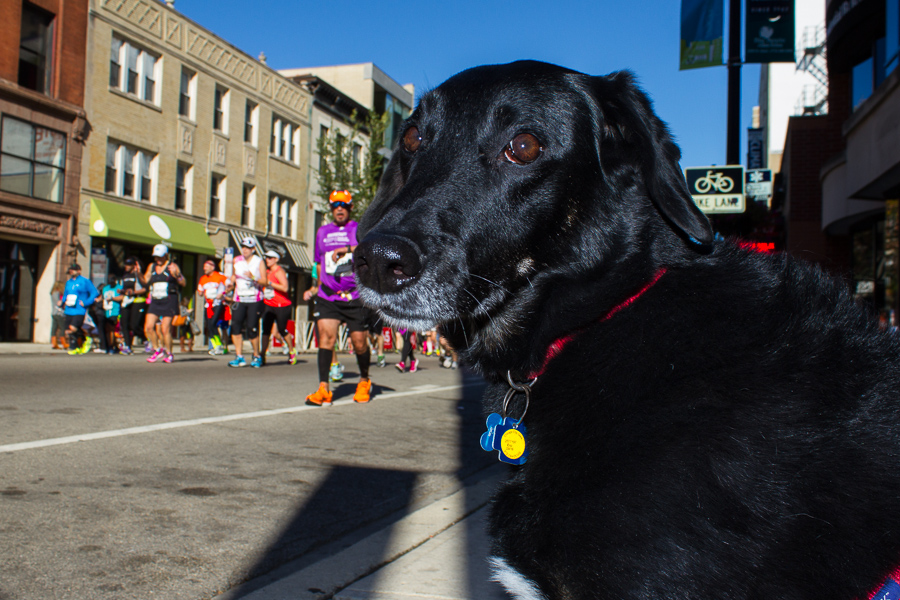The week between when we used to switch back to Standard Time and when we do so now (since 2007) makes me want to stay in bed.
This morning sunrise happened at 7:18 and will slouch out to 7:25 on Saturday morning. It's the latest sunrise we'll have for three years, and it's 45 minutes after I usually get up in the morning.
I know a lot of people prefer more light in the afternoon. I don't care, really. Sunday the sun sets at 16:42; but it rises at 6:26, and gives me another month before the sun rises after 7 again. Then, of course, there's the slog from December 2nd to February 4th...but what can you do?
Just having a moan. You can ignore this post.
Once again, here's a list of things I'm sending straight to Kindle (on my Android tablet) to read after work:
Back to work. All of you.
Northbrook, Ill., has always been a suburb. Until the end of the last century, no one had developed large hunks of the village, because two entities controlled several square kilometers of land around it. One entity, the U.S. Navy, operated an air station until 1994; the other, the Catholic Church, had a smallish farm, a convent, and a dairy barn well into the 1990s, and still owns Techny Towers, a religious retreat.
A conversation with a friend this week turned to a discussion of the Whole Foods Market at Willow and Waukegan Roads. So I dug out this photo from May 1985:

That's from the west edge of Waukegan Road, about 150m north of Willow, looking almost due west. Here's what it looks like today:

Notice that we can only see the backs of the stores from the road. All the storefronts point inward, to the parking lot. This is exactly the horror Andres Duany described in his 2000 book Suburban Nation.
When I was a kid, I looked at that huge field and imagined a college. It could have been combined with the land north of Techny Road into a neighborhood of medium-sized houses, with transit links along Waukegan and Willow. Hell, it could have been nearly anything.
Nope. Faced with 500 hectares of farmland in 2003, all the developers could see was an automobile-centric shopping plaza. The air station? Same thing. The Glen at least has a few dozen hectares of prairie preserve and a single transit stop that no one can really walk to. Otherwise, the whole redevelopment shows a staggering lack of imagination or forward thinking.
From WBEZ's Chicago History blog:
Chicago had actually started building two subways, with another tunnel following Milwaukee-Lake-Dearborn. Then the war came, and construction materials became scarce. The second subway would not be completed until 1951.
But on this glorious Saturday morning--October 16, 1943--the city was ready for a party.
Starting at 9:15, ten special trains were dispatched from ten different outer terminals along the "L" system. They carried various dignitaries to a rendevouz in the subway at State and Madison. When the lead train passed through the first underground station at North-Clybourn, it was saluted by the Lake View High School band, blasting out "El Capitan" from the platform.
One by one, the ten specials converged at State and Madison. The dignitaries got out, shook hands all around, and made a few speeches. At 10:47 Mayor Edward J. Kelly cut a ribbon strung across the northbound track. As the newsreel cameras whirled, the trains rumbled down the tracks. "This is the most significant event in Chicago history to date," the mayor declared.
They've even got a video from the 1940s showing how Chicago dug the subways.
Two clients, both alike in dignity, yadda yadda yadda...so no time to read these yet:
Hello, "Read Later" button...
This is one of the best parts of living in Lincoln Park:

After watching one group of runners go up Stockton Drive, I can catch them going the other way down Clark. Even Parker gets into the action—sort of:

We had perfect running weather today, 12°C with light winds and plenty of sun. Kenyan Dennis Kimetto set a new course record at 2:03:45, which is just about 3 minutes per kilometer.
If you wondered how often people actually ride Divvy bikes, everyone's Divvy online trip summary page has the answer. They put the trip ID right on the page. My first Divvy trip, on September 18th, was #522105; this morning's was #732089. Assuming they use an ID field that auto-increments by 1 for each ride, that means Divvy users rode about 210,000 times in the past 22 days, or about 9,500 times a day (on average). That rate gives them nearly 3.5 million rides over the next 12 months.
Compare that with the CTA's 314 million bus rides and 231 million train rides, though. The 79th Street bus had 10 million rides last year; the #36 bus (one of five that stop near my house) had 5.8 million; most of the 150-odd routes had over a million. So will Divvy actually eat into CTA ridership? Not for a while.
I'll look for more official sources of Divvy participation, especially on revenue.
I've got about an hour to prepare for a Meet-Up I'm presenting. While I'm doing that, you read these:
OK, prep time.
Just as I start poking around Logan Square, the Reader reminds me it's prime hipster habitat—though it hasn't always been, and it might not be for much longer:
The way Jason Hammel tells it, his arrival in Logan Square in 1995 was like a fairy tale, everyone's dream of arriving in a new, yet-to-be-anointed hipster mecca: "I asked a friend for advice on moving to Chicago. He said, 'Go to Logan Square. There's a cool coffeeshop there called Logan Beach.' I got an apartment without looking at it. It was $325 a month, including utilities. It was big, and it was near the boulevard. On the first day, I walked to Logan Beach. I went with my girlfriend. Her name was Lea Wood. We sat down and looked up at the menu, which was written on a chalkboard, and saw 'Lea's Amazing Soup.' I said we had to order it because it was spelled the same way. And it turned out I was talking to my now ex-girlfriend about my future wife [Amalea Tshilds] while sitting at table 51 in the restaurant I would own. And it was my first day in Chicago. Logan Beach was everything that matters to me in Logan Square."
Logan Square is adjusting more gracefully to its hipsterdom than Wicker Park did. "Logan Square feels more open than Wicker Park of that era felt," Hammel says. "Maybe it was because I was young and felt shut out. I hope it's not like that. Someone once wrote on our window, 'Lula is the same as Wal-Mart.' They wrote it angrily, like graffiti. But isn't there negativity everywhere?"
But rents have definitely gone up. "There's been less of a lag in terms of transition," says Paul Durica. "The transition of Old Town took decades. Wicker Park took from the mid-80s to the late 90s. Logan Square seems like it transitioned from a young, hip neighborhood to yuppie within a couple of years. It's not even waiting for a transition period. It's going from ethnic to hip kids to yuppies all simultaneously. It's a fascinating development."
So, apparently, I'm going to be part of the problem that hipsters face. So where will they go? The author suggests Avondale or Pilsen.